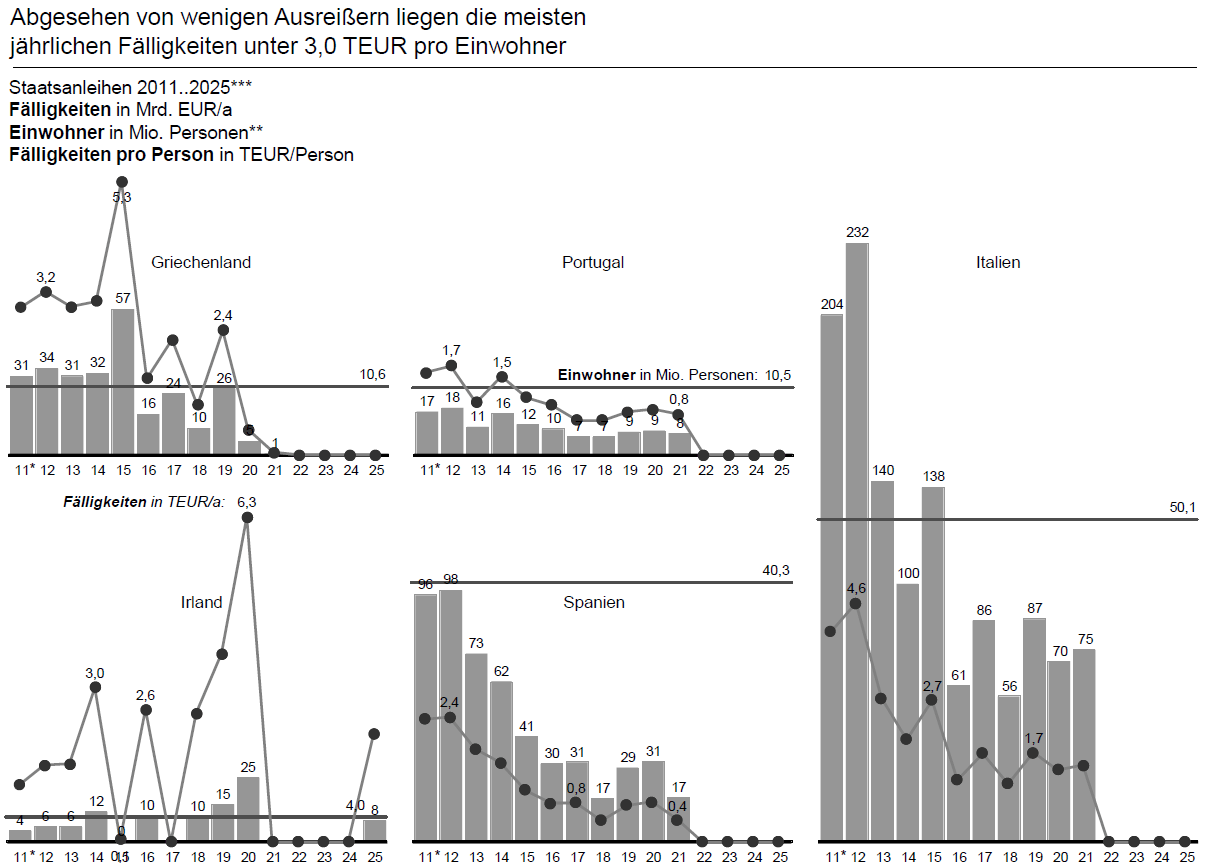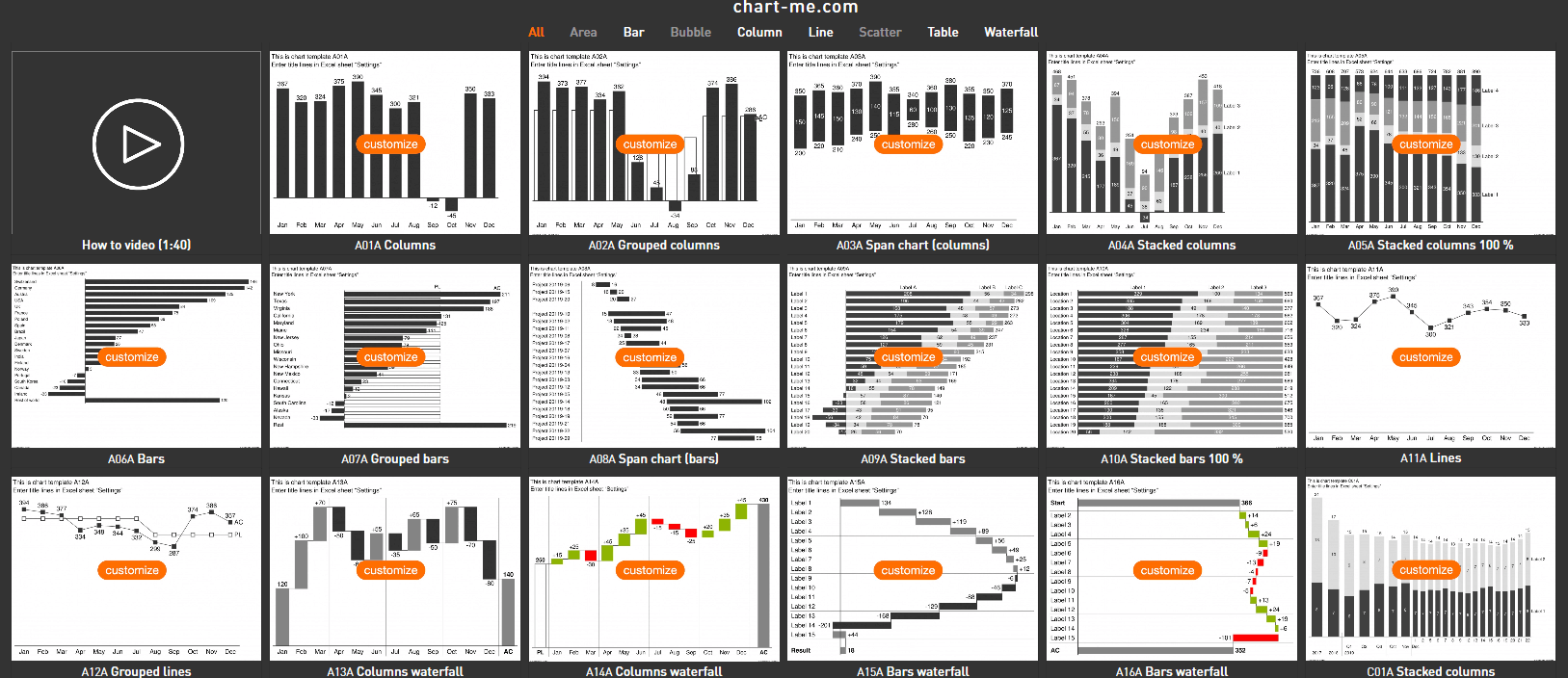Data Analytics
In search of rules - How visual consistency improves communication with reports, presentations and dashboards
Sheet music and construction plans are just two examples where notation has existed for ages. But what about a notation concept in reporting? Is this still possible at all, or has the right time been missed? I wanted to get to the bottom of this question.
















